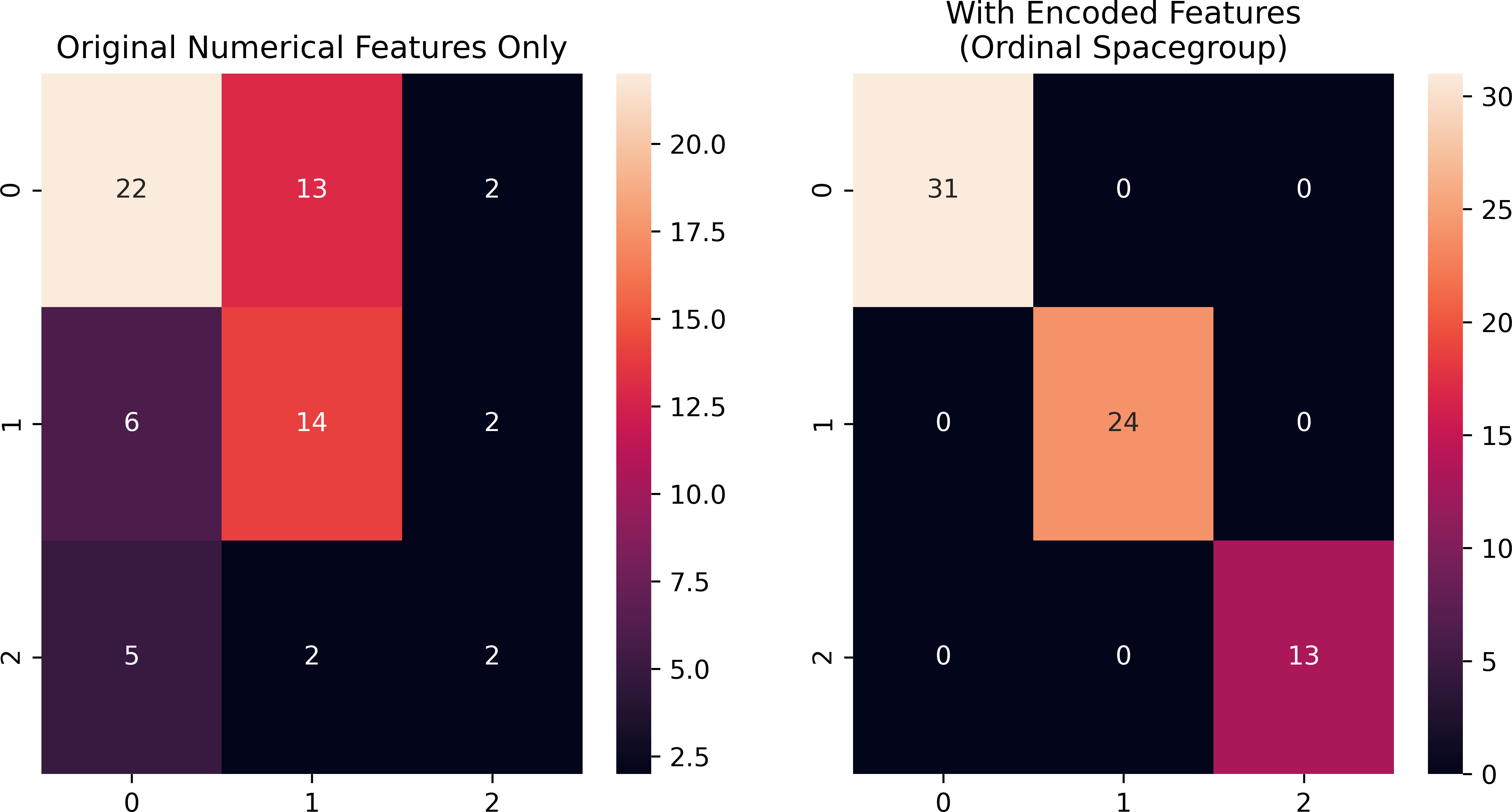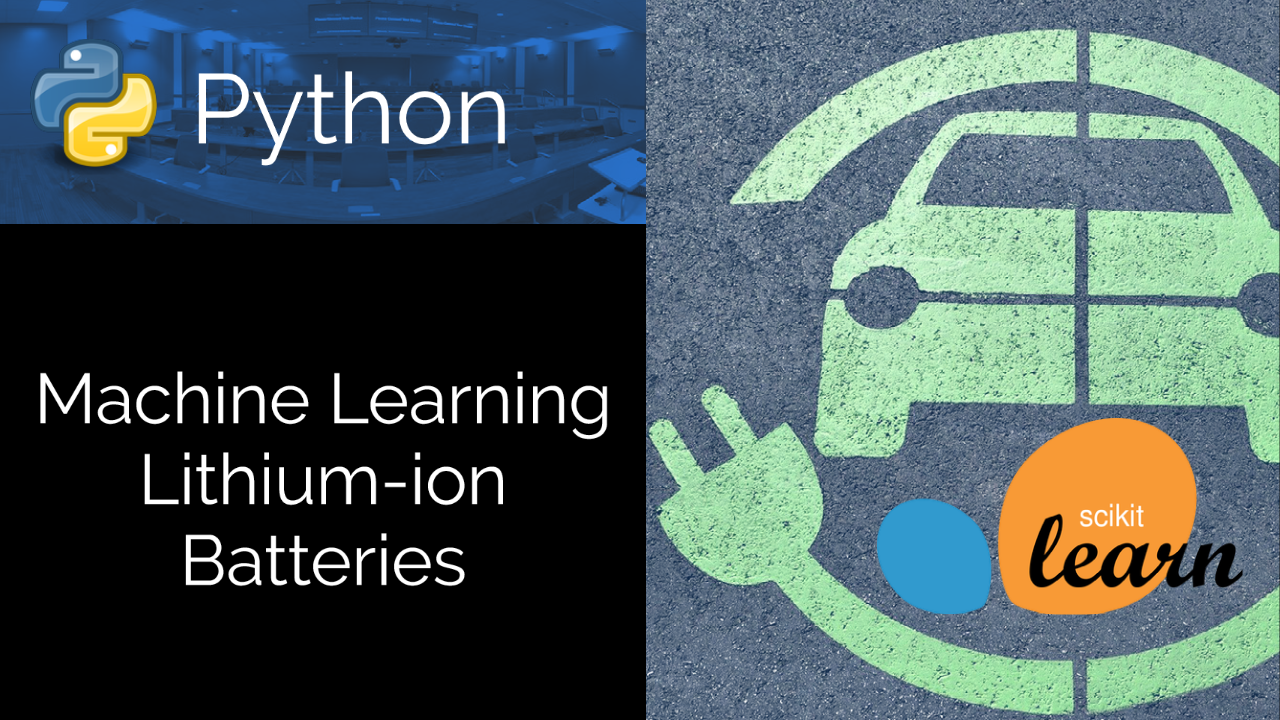Lithium-ion Batteries
Physical and chemical properties of the Lithium-ion silicate cathodes are used to predict the crystal structure of a Lithium-ion battery material as monoclinic, orthorhombic and triclinic. This case study demonstrates how feature engineering improves the classification results.
Background: Lithium-ion batteries are commonly used for portable electronics, electric vehicles, and aerospace applications. During discharge, Lithium ions move from the negative electrode through an electrolyte to the positive electrode to create a voltage and current. During recharging, the ions migrate back to the negative electrode. The crystal structure (monoclinic, orthorhombic, triclinic) is available for 339 different chemicals that contain lithium. Available properties are:
- Materials Id: unique ID of the material from materialsproject.org
- Formula: chemical formula of the compound
- Space group: symmetry group of a three-dimensional crystal pattern
- Formation Energy (eV): energy required to produce the material from standard elements
- E Above Hull (eV): energy released if compound is decomposed into the most stable compounds
- Band Gap (eV): energy range in a solid where no electronic states can exist. A larger band gap indicates that the compound is worse at conducting electricity or heat.
- Nsites: Number of atoms in the unit cell of the crystal
- Density (gm/cc): mass per volume of bulk crystalline materials
- Volume: unit cell volume of the material
- Has Bandstructure: Boolean (True / False) variable for bandstructure
Objective: Predict the crystal structure type (monoclinic, orthorhombic, triclinic) from Lithium-ion physical and chemical compound information.
data = pd.read_csv('http://apmonitor.com/pds/uploads/Main/lithium_ion.txt')
data.head()
Improved Classification: The result of the case study is improved classification with feature engineering.

References
- Agrawal, D., Crystal System Properties for Li-ion batteries, Properties of Li-ion silicate to predict the crystal system class of the battery, Kaggle, March 2020.

Solutions




